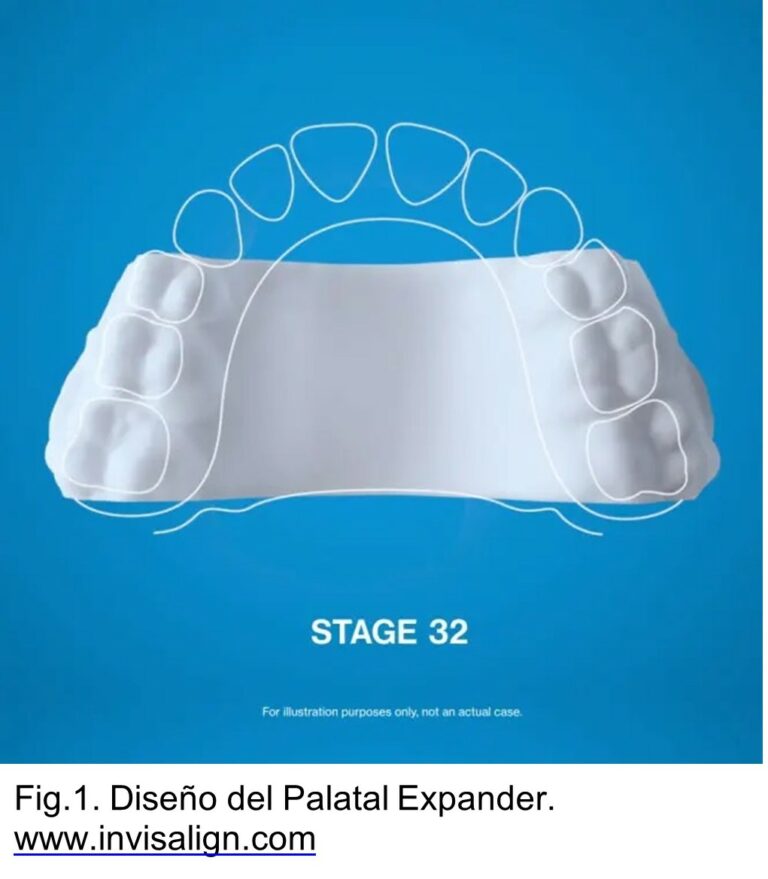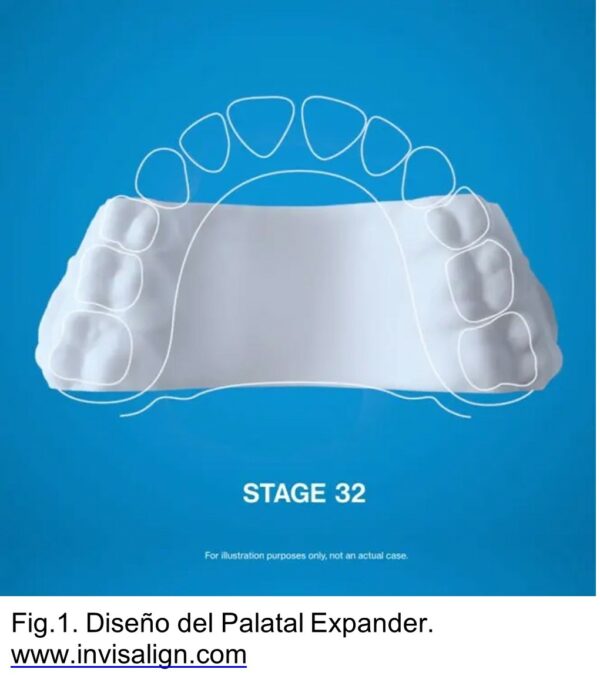
Palatal Expander in Orthodontics, is it worth it?
Introduction
Will the Palatal Expander a new revolution? For as long as orthodontics has existed, we have seen different fashions or trends in which expansion was prioritised or "demonised", depending on the current of thought at the time. You can imagine that this way of choosing a treatment is far from being scientific. Although it may be based on the experience and ideas of one or more experts in the field, these experts will have their biases (starting with confirmation bias). But we are not here to talk about history.
Scientific evidence and over-information
With the entry of the Palatal Expander on the market we have questions about which cases are suitable for this appliance. Although we orthodontists seek scientific support for our therapeutic decisions, there is an interesting paradox in our field: most doctors want a prescription or clear evidence about how to treat a problem, but, as there are different ways to reach the same goal, it is very difficult to achieve a perfect solution.
There are hundreds of studies and systematic reviews on a multitude of topics, from the properties of composites to how aligners apply forces, but these studies will not always have the answers to guide us in our daily practice.
Biology has an unpredictable component that responds to different factors, such as the patient's age, sex or metabolism, and many others that we do not even know about. For this reason, there are orthodontic treatments, whether they are expansion, distalisation or any other type of treatment, which will respond differently to each of our patients.
For example, if we are going to solve a crossbite and we are looking for literature on expansion to find out what strategy to follow, we will have doubts such as:
- Which expansion has better results, fast or slow palatal expansion?
- What are the consequences of dentoalveolar expansion?
- What are the risks of expanding the jaw?
- From what age is it advisable to fit a micro-screw circuit breaker?
- How many laps do I do a day?
- How can I see the degree of maturity of a suture?
- .....
And, as if this were not enough, we have a continuous source of information on social networks where we are also constantly bombarded with information about how good one treatment or another is.
The perfect combination to make us mentally confused and not know what is true and what is not. If we follow some doctors, we may come to think that expansion is a crime, while if we look at others, expansion apparently solves all the problems in the patient's life.
It is within all this uncertainty generated by the excess of information that common sense, which understands neither philosophies nor marketing, must appear.
The Power of Evidence and the Palatal Expander
If we turn to scientific evidence as a basis for decision-making, systematic reviews and meta-analyses are the most reliable publications or, in other words, the closest to reality. Most articles conclude that slow expansion may be more dangerous for the vestibular cortex than rapid expansion or that, from a certain stage of sutural maturation, expansion with micro-screws will be safer, so it is logical to opt for this treatment.
If you notice, the device is not the most important thing when it comes to deciding on a treatment. There has been a lot of fuss these weeks about the Palatal expander Invisalign, possibly because of the advertising, where they compare the disjunctor to a torture device capable of causing trauma to patients. Maybe it's bold to say, but if their target audience is orthodontists, they may not have hit the nail on the head with their advertising. Even Coca-Cola has bad ads.
Expanding Horizons: Benefits of the Palatal Expander
As we said before, let's forget about marketing and keep the good news: we have one more appliance in the range of possibilities for expansion treatment. This does not mean that we are going to stop using conventional disjunctors or MARPEs or even aligners for cases of mild compression. It means that we have one more tool in our drawer that we can use in the cases that we consider to be of most benefit.
A new appliance can cover the deficiencies or weaknesses of existing ones. A very good example of this is patients with amelogenesis imperfecta or any kind of enamel disorder (or even those prone to canker sores), where it is not advisable to bond anything to their teeth. The Palatal expander can be an optimal solution for these patients, as it does not need to be bonded to the teeth to achieve jaw expansion.
Conclusion
The decision to choose a treatment is not only based on choosing the most effective appliance, but also on finding the option that causes the least risks or unwanted effects for the patient. And I give us as an example: at SAS we love aligners, but we know that they are limited and not always the best option for certain cases. That's why we use auxiliary techniques, such as micro-screws, sectionals or any other type of tool that can help. If we combine scientific evidence with a touch of realism and clinical experience, we can be sure that we will do good orthodontics.
Interested in learning more about the technique of the Palatal expander and its application in orthodontics? Join our face-to-face course! "SAS meeting in Madrid on the 18th and 19th of October and deepen your knowledge with experts in the field! Book your place now on our landing page and be part of this unique hands-on training opportunity - don't miss the chance to take your orthodontic practice to the next level!
Share this post:
Other entries
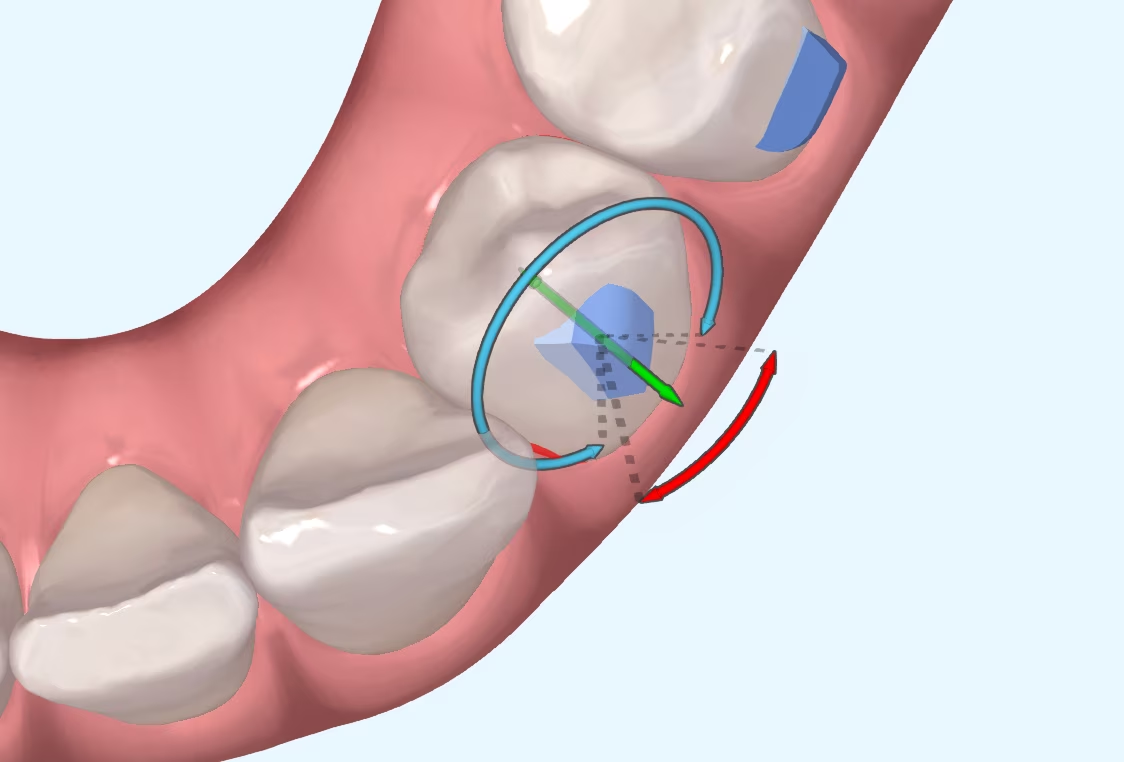
Which attachments are better for premolar rotation?
I suppose many of you are familiar with the myth of Achilles, the Greek hero who was immersed as a child in the River Styx by his mother in order to make him

Has CBCT been a step forward in dentistry?
What is CBCT? CBCT is a medical imaging technique that uses a special type of computed tomography (CT) scan to obtain three-dimensional images.
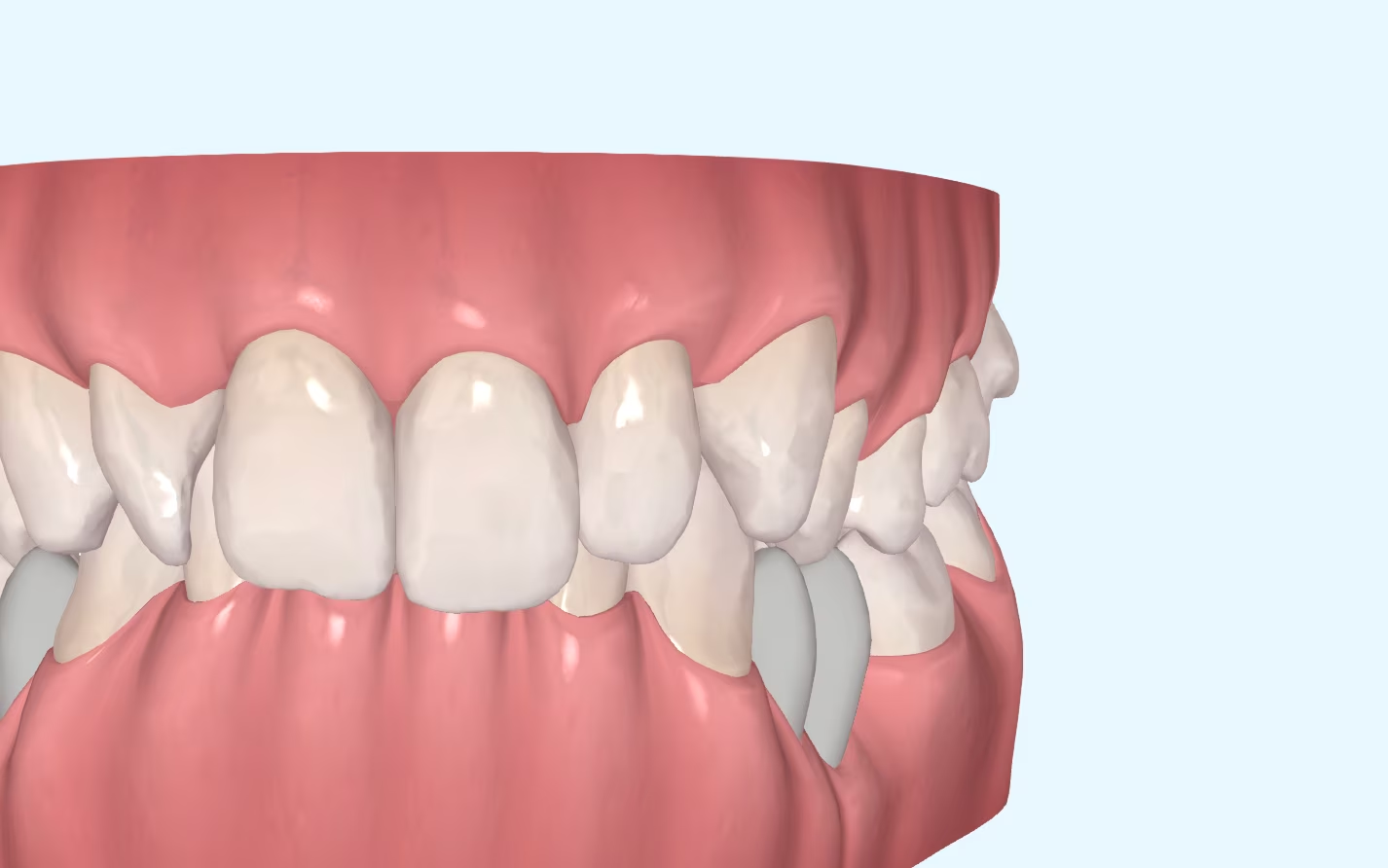
Mastering the Overbite: Strategies and Challenges:
Challenges of Overbite In the more than 20 years that we have been working with invisible orthodontics, we have gone from considering some malocclusions "impossible" to daring to

Are we aware of what we are doing?
It is not a question to make us feel guilty. It is only a question that invites us to reflect, to think about the impact we can have in
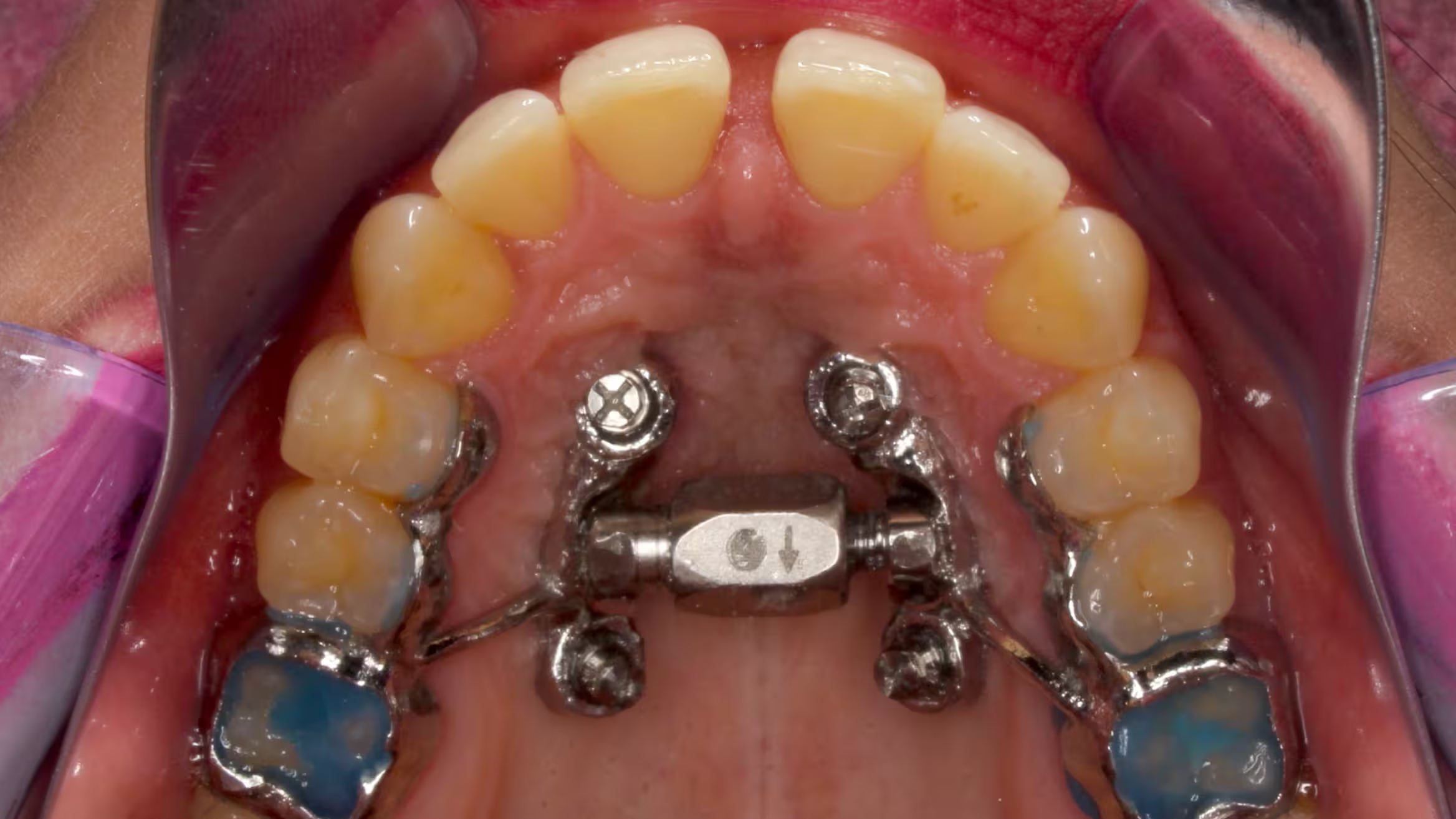
MARPE: Is there an age limit for placement?
Introduction: Understanding Maxillary Compression Maxillary compression is a relatively common problem seen in our daily practice. This osseodental discrepancy that presents the

